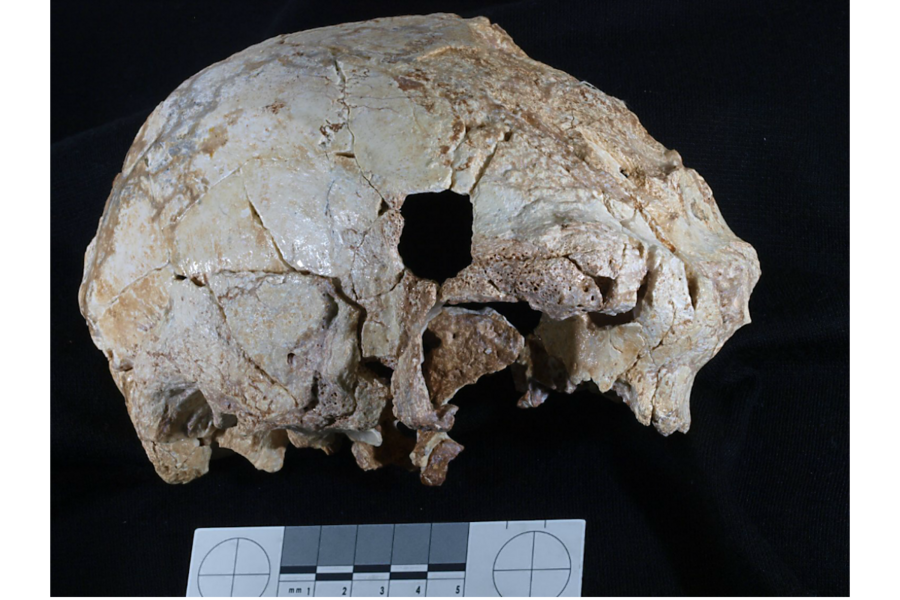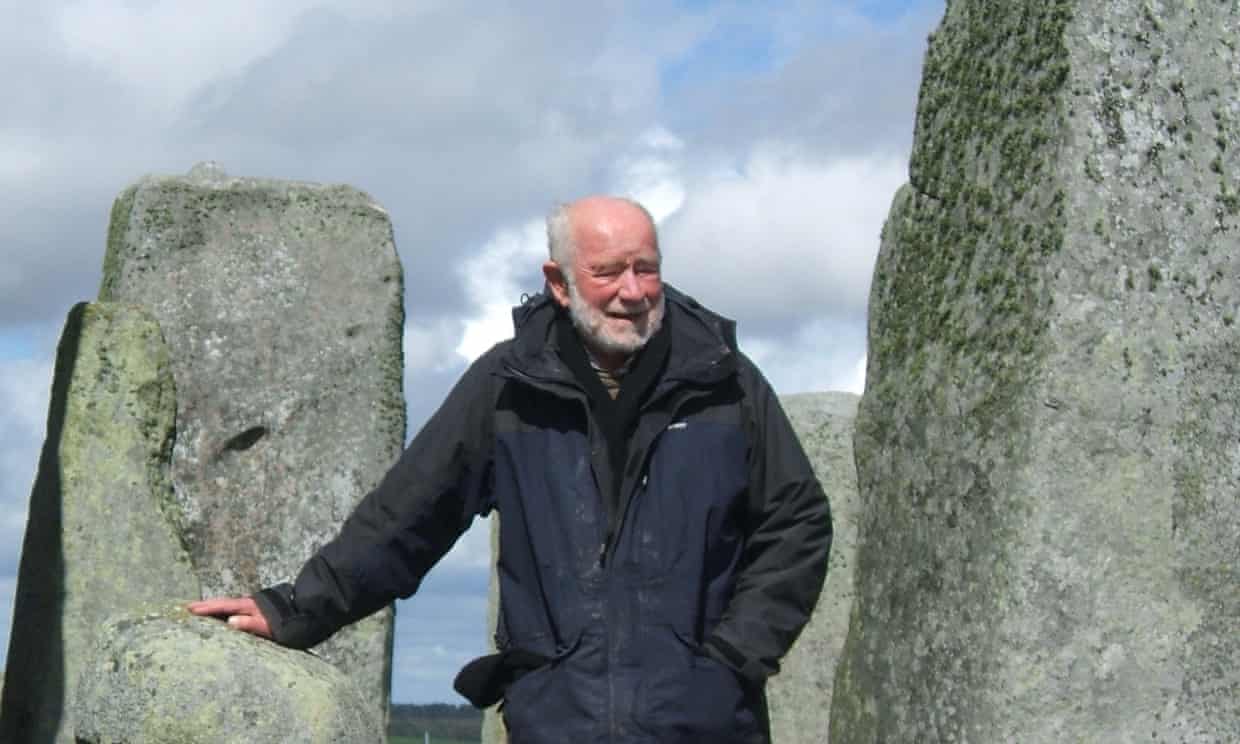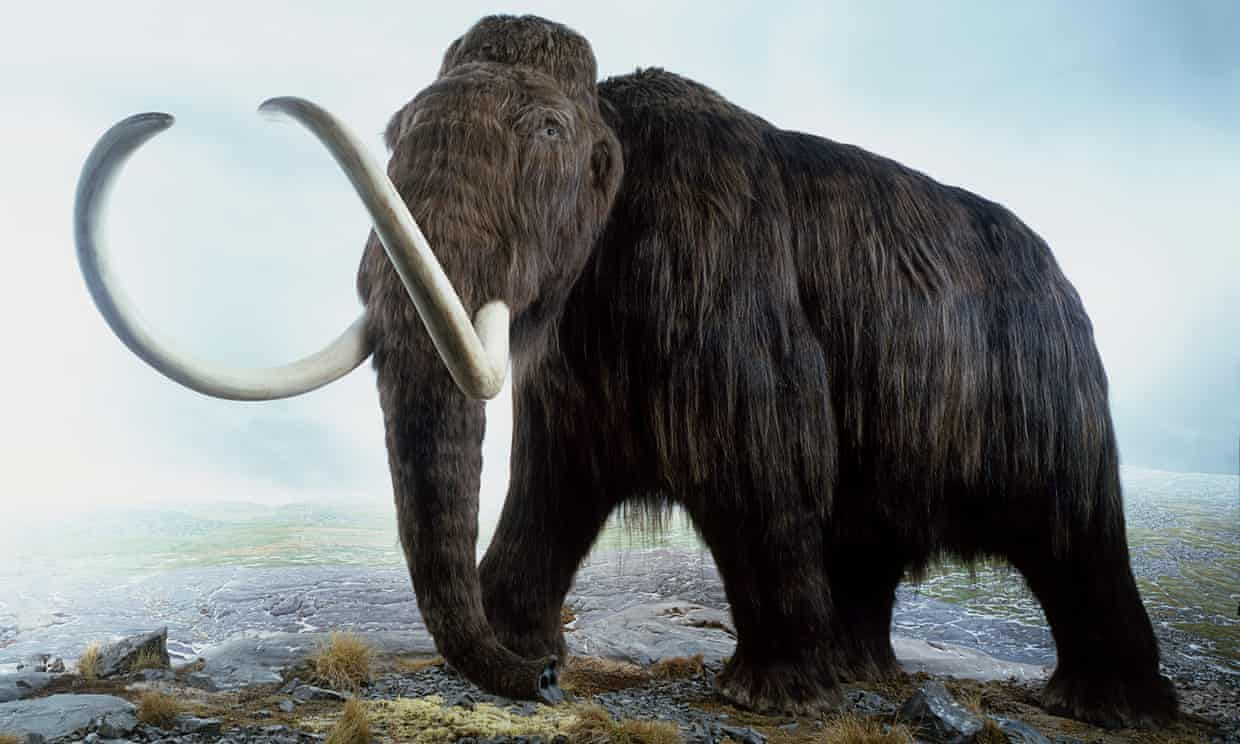French Upper Palaeolithic beads [Credit: University College London]
In a special issue of the Quaternary International on The Role of Art in Prehistoric Societies a case study of Early Aurignacian beads in ivory and soapstone are presented, and related production debris, from four sites (Abri Castanet, Abri de la Souquette, Grotte des Hyènes at Brassempouy, Grotte d’Isturitz) in the Aquitaine region of France.
The data from the case study are used to evaluate three hypothetical models of production and exchange in the given regional context, and are evaluated in terms of the current, common criteria for the recognition of craft specialization in the archaeological record.
Read the rest of this article...









